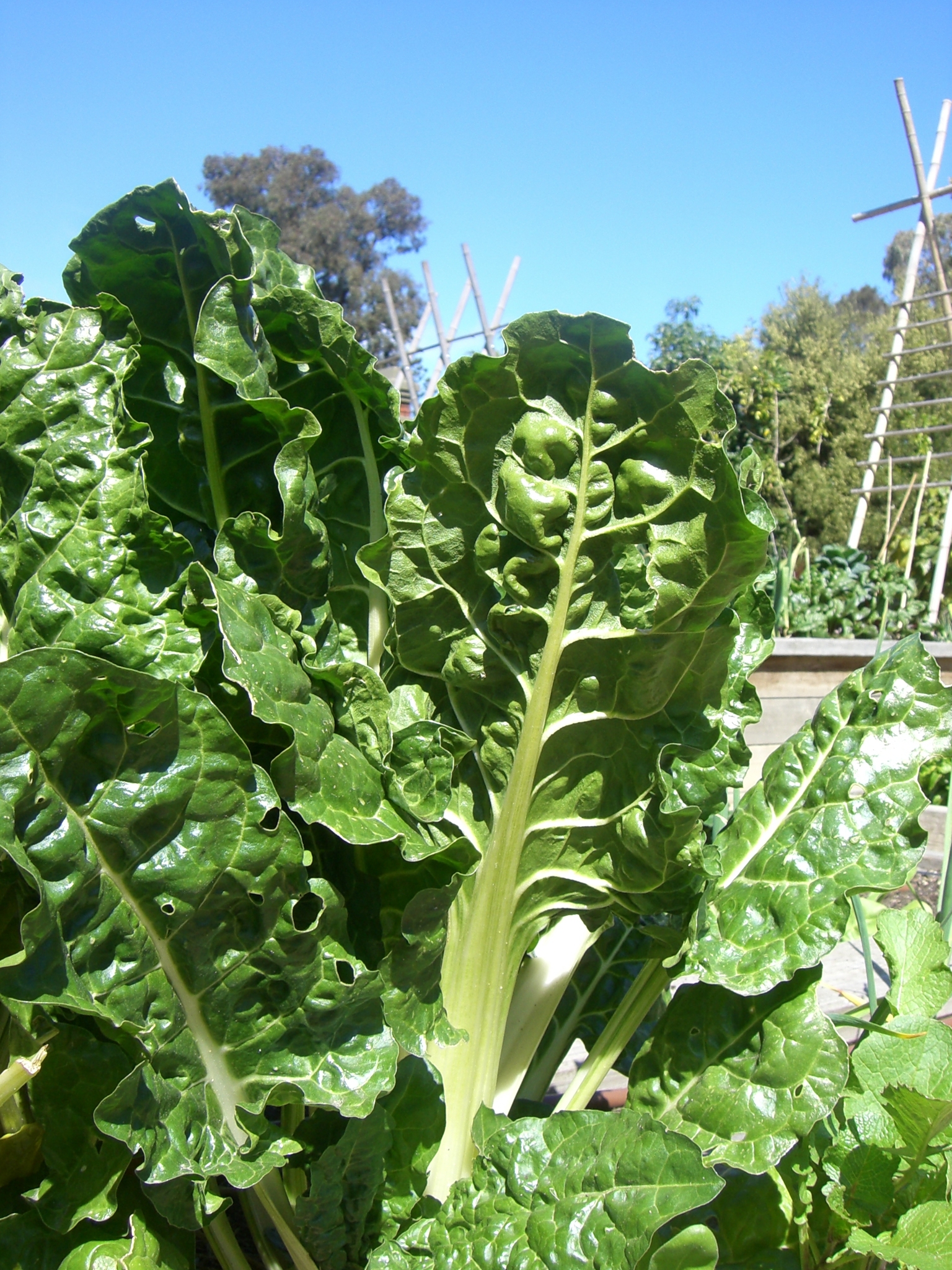
A variable annual, perennial or biennial herb. Leaves to 12 cm long, 6 cm wide, stalked, deep green to purplish. Basal leaves wedge-shaped, forming a rosette, stem leaves narrower. Flowers green to purple in branched spikes, the lower cluster with a narrow leafy bract; mostly summer to early autumn.
Mediterranean
The many variants of this species used as root and leaf vegetables include Beetroot, Mangelwurzel, Sugar Beet, Spinach Beet, and brightly coloured leaf variants used for bedding displays.
The taxonomy of the commercial vegetables does not appear resolved; variants are sometimes divided into broad groups and sometimes treated as subspecies. The familiar reddish purple salad beetroot, B. vulgaris subsp. rubra [B. vulgaris var. conditiva] occurs naturally in S Europe and Asia and a range of commercial cultivars are available to meet requirements of root shape, colour and cooking appeal; these include: 'Derwent Globe' (dark coloured), 'Early Wonder' (cooks well), 'Golden' (bright yellow when fresh), and 'Snowhite' (white); subsp. cicla includes Spinach Beet and Silver Beet (subsp. provulgaris) with cultivars that include 'Lucullus', 'Fordhook Master', 'Green Broad Rib', and with coloured leaves and stems there are 'Rainbow Chard', 'Ruby Chard' and 'Red Stem'; var. flavescens, Swiss Chard; var. crassa includes root vegetables such as the Mangelwurzel; var. altissima, Sugar Beet, is the most important economic plant of the family and is grown widely through the temperate northern hemisphere.
B. vulgaris subsp. maritima (L.) Thell., Wild Beet, is native to Europe and naturalised in coastal South Australia, Victoria and New South Wales.
Source: (1997). Chenopodiaceae. In: . Horticultural Flora of South-eastern Australia. Volume 2. Flowering plants. Dicotyledons. Part 1. The identification of garden and cultivated plants. University of New South Wales Press.
